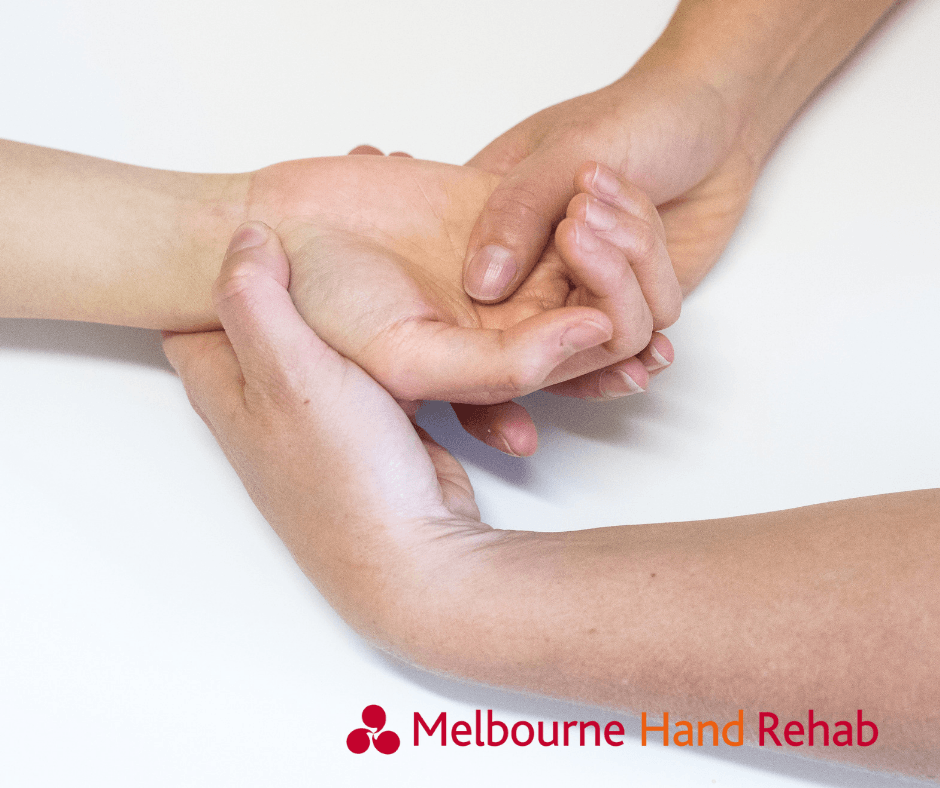
08 Nov Wrist Sprain
Cinderella Pathology
Wrist sprain is described as a Cinderella Pathology by the International Federation of Societies for Surgery of the Hand (IFFSH). A Cinderella Pathology is a seemingly minor injury that has major consequences. For example, a lost shoe leading to the loss of the love of your life.
So, that’s the big problem with “wrist sprains”. Occasionally, a fall on the outstretched hand is sore for a few days and then it resolves. You hardly notice it, and it disappears quite quickly without any fanfare.
Our patient has almost the same experience, except the pain doesn’t go away. It may get a little bit better, but it then hurts every time you push up from a chair, lift something heavy or twist your forearm. The symptoms remain because one of the supporting ligaments of the wrist or forearm has been torn, leaving the arm unstable in certain positions. Because there is no broken bone, it doesn’t show up on an x-ray. It is a clinical diagnosis that a hand therapist with a bit of experience can diagnose.
Early clues that you may have done something like Cinderella:
- Swelling and difficulty moving for more than a few days after the incident.
- The incident had a bit of force behind it such as running, falling from a height or had an external force acting upon the wrist such as someone falling on you or a drill caught in a knot.
- The swelling went down, leaving you with painful movement in a couple of directions, especially side to side or twisting.
- Your wrist may feel weak or as if it could “give way”
- Your x-ray was clear but it still hurts.
Long term effects
If your wrist injury is left untreated it can lead to long term effects. Pain can last for months or years. If the injury is severe enough, pain can last a life time. The wrist has many vital structures that are used every day at work and at home. You will realise this quickly if an injury has occurred. Working through the pain, or ‘shaking it off’ can cause more damage to already injured ligaments and structures.
A wrist sprain is much easier to fix by getting the right diagnosis as early as possible. However, it’s never too late to make improvements with the right treatment.


